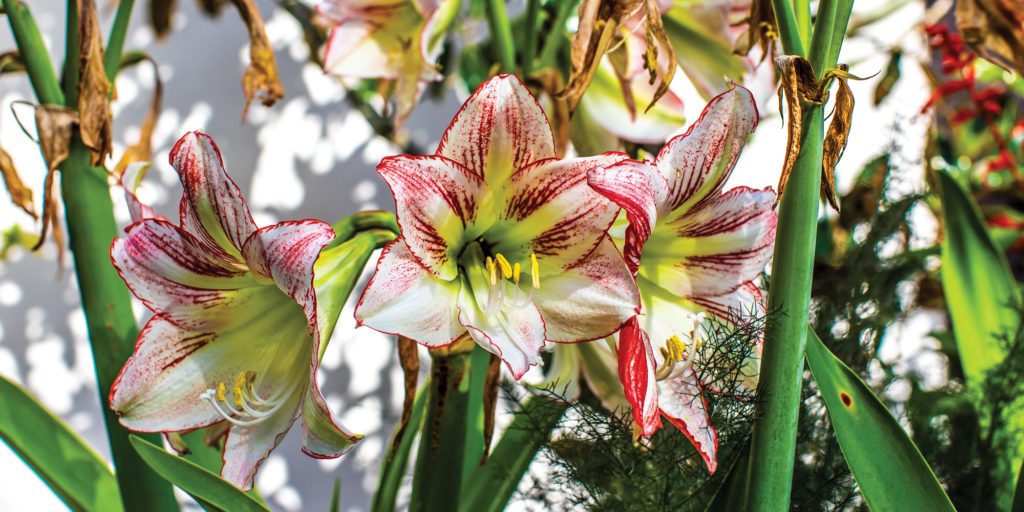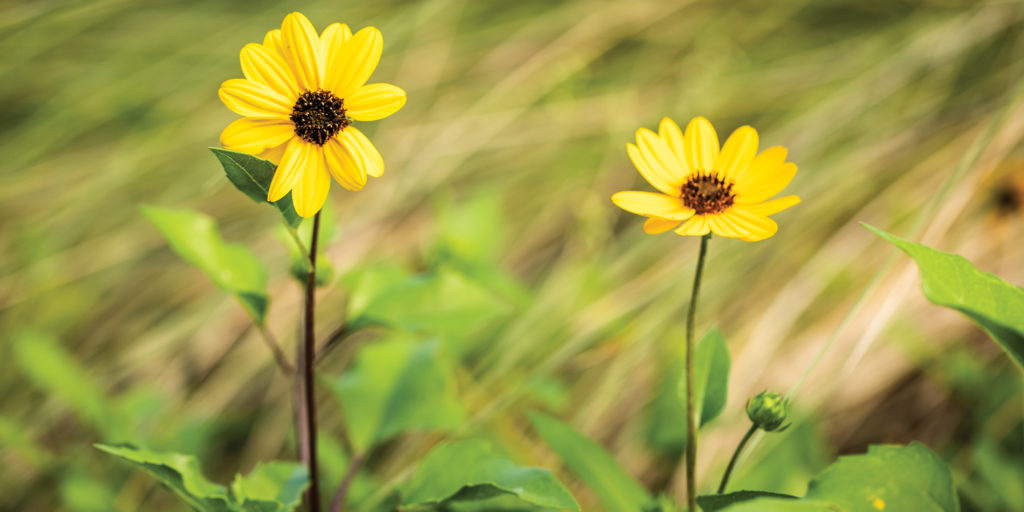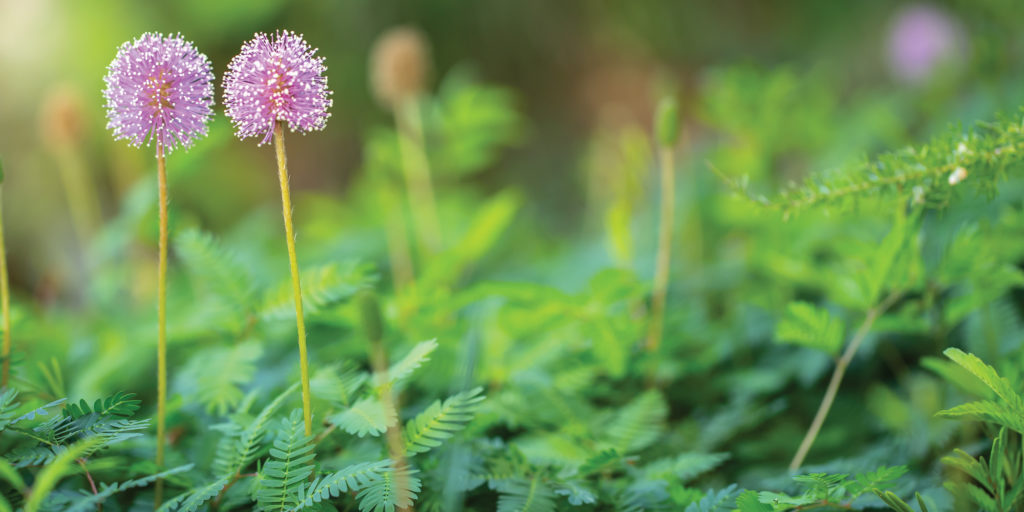Successfully growing plants and flowers in Florida — with our blazing sun, pouring rains and oppressive humidity — sometimes requires careful, specialized approaches. To give budding horticulturists a hand, the University of Florida shares the agricultural research it has gathered for more than 150 years through its Institute of Food and Agricultural Sciences (UF/IFAS). Lynn Barber, a faculty member of the institute’s Hillsborough County office, says that practicing guidelines established by UF/IFAS can be the key to turning your yard from blah to blossoming and will save you money and time in the long run.
“When you use the Florida-Friendly Landscaping principles, you protect and preserve our water resources by decreasing environmental impacts involved in landscaping,” Barber says. “When you properly apply pesticides, fertilizer and water, you can increase your landscape successes and decrease negative effects. Selecting the right plant for the right place is the best place to start. Choose native and non-native adaptive plants that fit your site conditions.”
One great local resource is the Bette S. Walker Discovery Garden in Seffner, home to a collection of gardens that showcase plants that are outstanding performers in Central Florida. The garden is open to the public on weekdays from 8 a.m. to 5 p.m.
To get you started, here are flowers to plant now in your South Tampa backyard, plus the keys to growing and maintaining a healthy, eco-friendly garden.

5 PLANTS FOR SOGGY AREAS
Partial to full shade:
• Cinnamon fern
Partial to full sun:
• Iris (Virginia, Louisiana or African)
• Shrimp plant
• Canna lily
Shade to sun:
• Sweet pepperbush

5 PLANTS FOR DRY AREAS
Shade to sun:
• Yesterday-today- and-tomorrow
Partial to full sun:
• Bougainvillea
• Kalanchoe
Full sun:
• Sunshine mimosa/powderpuff mimosa
• Beach sunflower
• Kalanchoe

GOOD ALMOST ANYWHERE
Partial to full sun:
• Pink powderpuff tree
Shade to sun:
• Climbing aster
• Butterfly weed (varies based on variety)




THE 9 BASICS OF A FLORIDA- FRIENDLY GARDEN
1.) Put the right plant in the right place
This will save you time and money by preventing the waste of extra water, fertilizer and pesticides.
2.) Water efficiently
Group plants with similar water needs together, and keep an eye on the weather to ensure you’re not watering right before the rain comes. It’s law in the state of Florida to have an automatic rain shut-off device on all built-in sprinkler systems.
3.) Fertilize appropriately
It’s important to avoid fertilizing before a heavy downpour so the chemicals don’t leach into the water supply.
4.) Mulch
The UF/IFAS recommends using a 2- to 3-inch-deep layer of sustainably harvested mulch on plant beds; the organization suggests melaleuca, pine straw or eucalyptus, cautioning against the use of cypress mulch.
5.) Attract wildlife
Yes. Bees, birds and bats are important to the ecosystem. Flowers can be both a beautiful centerpiece for your garden and a source of nutrients for wildlife.
6.) Manage yard pests responsibly
Select pest-resistant plants, and spot-treat plants that develop pest problems. Don’t blanket spray insecticides over your yard, and be sure to follow the label’s instructions.
7.) Recycle yard waste
If you’re getting rid of it anyway, you might as well compost it. Just make sure to cover your compost pile to protect it from rain.
8.) Reduce stormwater runoff
Runoff is a huge problem in South Tampa, and the UF/IFAS recommends addressing it by ensuring your yard’s downspout points into the garden (not the sidewalk or driveway) and building walkways, driveways and patios made from brick, gravel, earth or crushed shell to allow the rain to absorb into the ground.
9.) Protect the waterfront
Particularly important if you live on a canal, channel or bay, keep a 10-foot “maintenance-free zone” between your yard and the water where you do not mow, fertilize or use pesticides.



